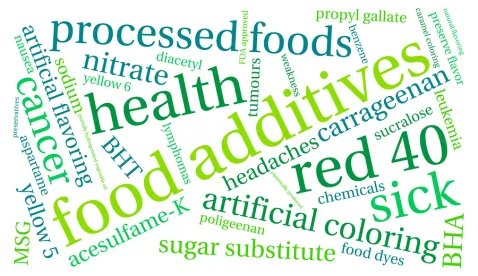The active ingredient in popular weed killers, glyphosate, has gotten bad press lately. Thousands of plaintiffs have alleged that exposure to it caused their cancers. Jurors have responded by invoking punitive damages and awarding billion dollar verdicts. These headline-grabbing results have been subsequently reduced by court on legal grounds.
Some advocacy groups are claiming that the chemical’s presence extends beyond weed killers. For example, the Environmental Working Group recently conducted a study that purports to show traces of the chemical present in many Cheerios and Quaker brand products. To no one’s surprise, civil lawsuits followed.
A class action complaint was recently filed here in the Southern District of Florida alleging that Cheerios and Honey Nut Cheerios contained undisclosed levels of glyphosate. On June 14, the Court dismissed the case for lack of standing under the Supreme Court’s seminal decision in Spokeo v. Robins.
Spokeo teaches that a plaintiff must allege a particularized and concrete injury. Speculative, immaterial injuries will fail. Judge Scola determined that the plaintiff in Cheerios failed to meet this concrete injury requirement. While the complaint alleged, “even ultra-low levels of glyphosate may be harmful to human health,” (emphasis added), there was no allegation as to what those potentially harmful levels are. Additionally, the plaintiff never alleged that she was harmed from eating the cereal. Thus, her injury was only an economic one—“buying a product under allegedly false pretenses.” Here as well, the plaintiff’s pleading fell short. While some samples of Cheerios had tested positive for glyphosate, the plaintiff pleads that the cereal she purchased “contained or could contain glyphosate.” As Judge Scola determined,
put simply, the plaintiff has failed to allege an injury in fact based on her purchase of Cheerios and she therefore lacks standing.”
Cheerios represents yet another example of the formidable hurdle standing can come to represent for plaintiffs post-Spokeo. Courts continue to place alleged injuries under a microscope, and will decline to allow cases to proceed on theoretical allegations not supported by concrete and particularized assertions of harm.






 />i
/>i
